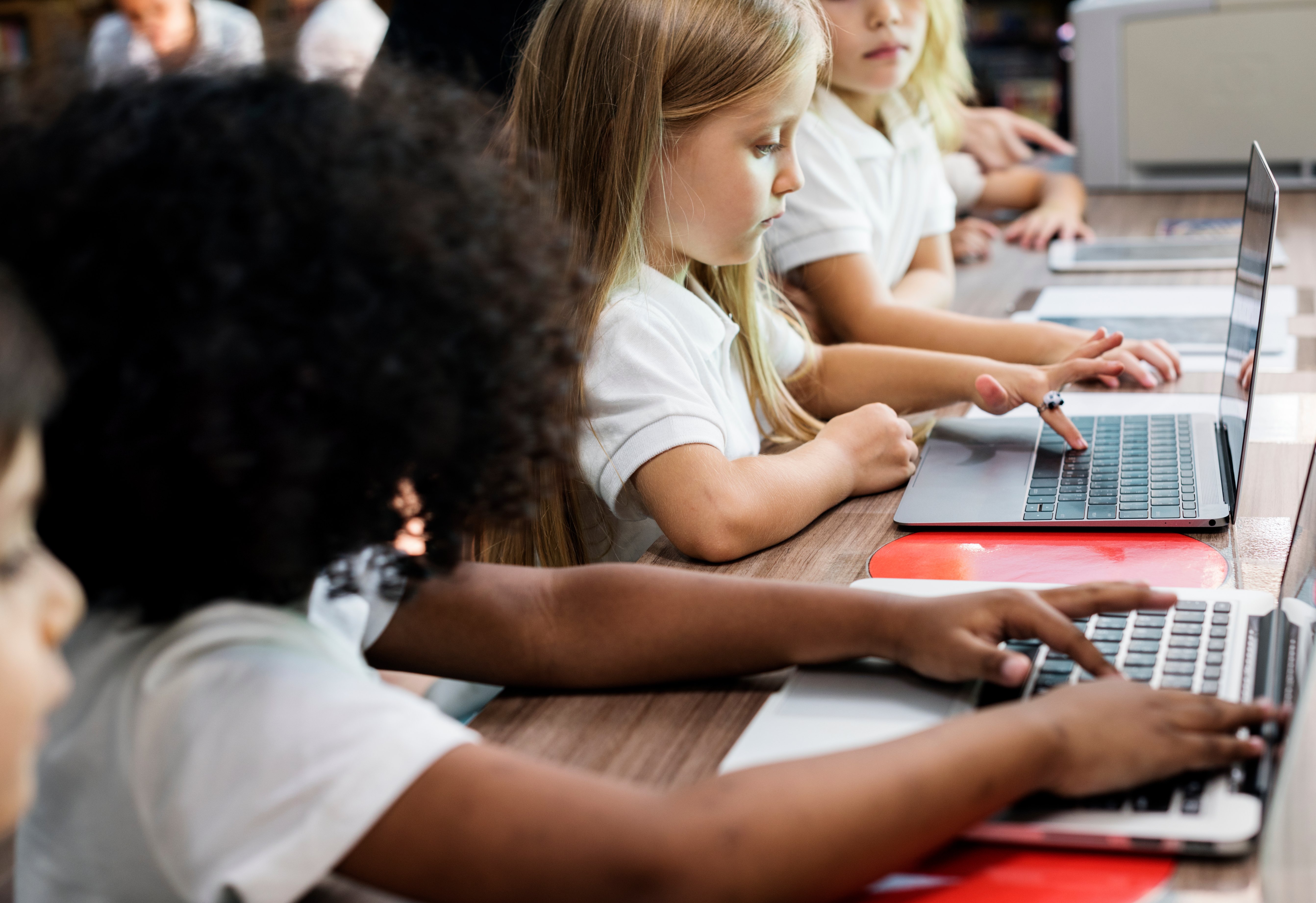
Many schools are reconsidering whether their BYO programs are delivering the right result for students and teachers. Are financial pressures on some school families leading to inequalities in the learning experience for students with poor quality devices?
Conceived to embrace student choice, and lower school expenditure, Bring Your Own (BYO) programs have been a popular and often necessary choice for Australian schools for over a decade. In 2009, the Federal Government's 'Digital Education Revolution' unlocked funding for independent and public schools to to purchase student laptops and supporting infrastructure. Although welcomed, the funding was not intended to be ongoing, and the scheme was unsustainable leaving many independent schools in a position that they couldn't support. With device warranties expiring after three years, the funded laptop fleets required replacing. The substantial cost of replacement, and the need to equip new student groups each year meant schools needed to consider alternatives.
While some independent schools found ways to sustain the investment in student devices, many others were forced to consider alternatives, and between 2010 and 2015, a BYO program was seen as the answer. BYO programs require student families to purchase a device for their child that meets a minimum set of standards set out by the school. These standards are often broad and designed to cater for differing financial capabilities of parents, while providing a baseline of performance.
There are some schools for which BYO will always be the answer. An affluent student body, with well resourced families generally means that there will be little disparity amongst devices, and any breakages or failures can be readily addressed. However, for schools that have a more diverse socio-economic base, the BYO program can sometimes exacerbate disparities. Different financial capabilities among families can lead to a variation in the quality and capabilities of devices that students bring to school. This discrepancy can potentially create a divide, where students with higher-end devices have access to a smoother and more enhanced learning experience compared to those with lower-end devices, which might be prone to lagging or technical issues. This divide can inadvertently foster a two-tiered educational experience within the same institution.
Disparities in learning outcomes based on a family's financial capacity has long been seen between institutions. But significant variation in student devices can bring that disparity into the classroom. Sub par devices with poor battery life, performance issues and lack of features (digital inking) can create a digital divide. Wind back 20 years, and it would be like handing out the same textbook to a class, but having some of them missing the content and index pages. The students would technically have the same access to information, but their speed of access, and ability to engage with the content would be limited.
One of the other challenges for BYO schools is helping students when they have problems with their device. Because there are no standards in manufacturer or point of purchase, the school staff are limited in the assistance that they can provide students. Students working with a laptop that is out of warranty or purchased from a retail store are often waiting weeks for a repair or replacement. While a pool of loan devices can ease this problem, the lack of consistent warranty and support options can exhaust the pool very quickly.
Can an unmanged BYO program work?
Yes, for many schools it can. A well-executed BYO program can be a viable solution, offering flexibility and fostering a sense of responsibility among students as they manage their personal devices. It encourages students to take ownership of their learning tools, potentially translating to a more personalized and engaged learning experience. However, the effectiveness of such programs largely depends on the community's socio-economic background and the support systems in place to assist families with less financial capacity. A blend of open dialogue with parents and flexible policies can potentially make an unmanaged BYO program successful.

What are the alternatives?
Managed BYO
Managed BYO (also called BYODD, CYOD and several other acronyms) is the most obvious alternative to traditional BYO. In a managed program, the school works with a technology vendor to select a very small number of laptops for parents to choose from. Schools can take advantage of bulk pricing and select devices that have been specifically designed for student use (ruggedised, digital inking, onsite warranty and insurance, etc). A different device might be selected for junior school as compared to senior school. Once the laptops have been selected, the school directs parents to purchase the nominated device from the selected vendor (via a purchasing portal).
Selecting the right OEM vendor and education partner is important, as this decision will determine the price that parents pay, the warranty support they will receive, and the purchasing and portal process that parents will need to follow.
There are several advantages to a managed BYO program:
- Consistency in device quality and specifications ensures a more equal learning platform for all students.
- Easier troubleshooting and support due to uniformity in devices.
- Potential cost savings for families due to bulk purchasing agreements.
- Better integration with school-specific software and platforms.
- Enhanced security and control over the devices to protect students online.
While this style of program provides an alternative to BYO, it is not without its problems, the most significant of which is the financial pressure on parents to purchase a new device. To alleviate this, schools should work with an education partner that provides flexible payment agreements (lay-by options, interest-free finance plans, etc) to spread the cost over a more manageable period. Additionally, schools can set up a voucher system to assist families in need, ensuring that all students have access to the necessary technology without undue financial stress. Supportive education partners can also offer direct assistance with donated devices or funding for parents in significant financial hardship.
School funded 1:1
Returning to a 1:1 school funded program is the other obvious alternative available to schools that are reconsidering BYO. However, the financial outlay is significant, with costs generally passed on to the parents in the form of a technology levy.
- Guarantees that every student has access to a standardized set of tools, creating an equitable learning environment.
- Allows the school to maintain, update, and manage devices efficiently.
- Facilitates easier integration of technology into the curriculum with uniform devices.
- May foster a stronger sense of community as all students are using the same resources.
Schools considering a 1:1 program can take advantage of lease programs to link parent contributions to finance payments so that the cost of the program does not impact school operations.
Regardless of the choice between Managed BYO and School funded 1:1, the school needs to be prepared to defend the decision to parents and articulate the value and justification for the change.
As the technological landscape evolves, so too must our approach to integrating it within the educational sphere. While BYO programs have their merits, they can sometimes exacerbate existing disparities among students. A managed BYO program or returning to a school-funded program presents viable alternatives, offering more controlled, equal, and cohesive learning environments. The selection between these approaches should be based on a thorough assessment of the individual needs, resources, and characteristics of the school community.
It is crucial for schools to foster a culture of inclusivity and equality, where every student has the equal opportunity to excel. It's time for schools to reassess and adapt their strategies to ensure an equitable and enriching learning experience for all students. Let's work together to bridge the digital divide and foster a learning environment that nurtures every student's potential.